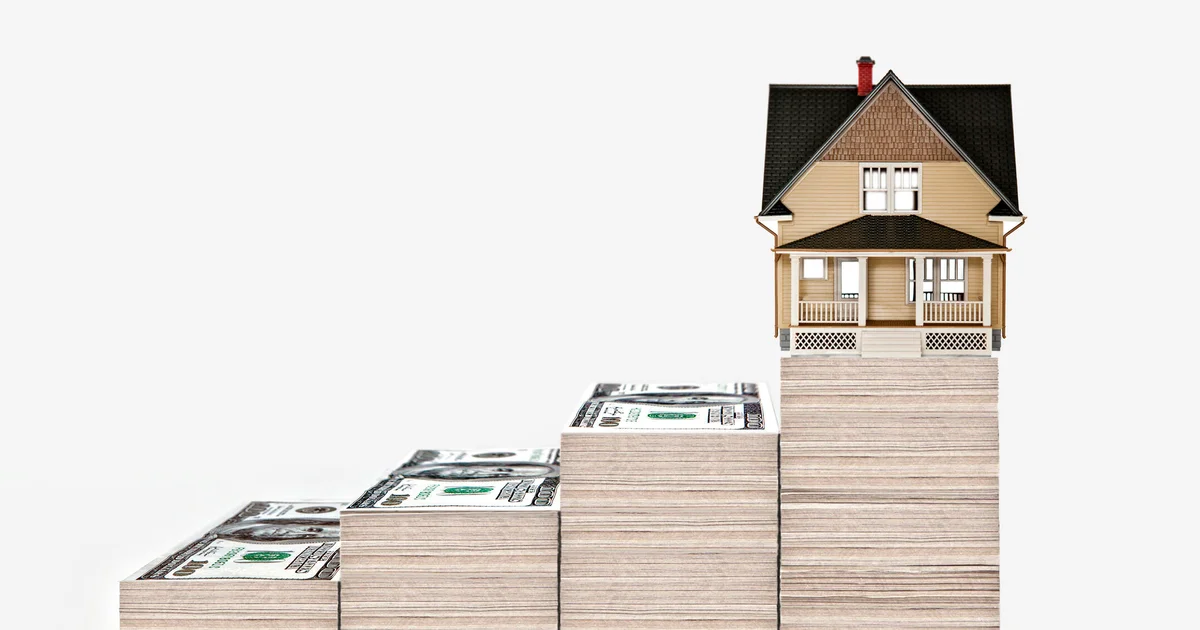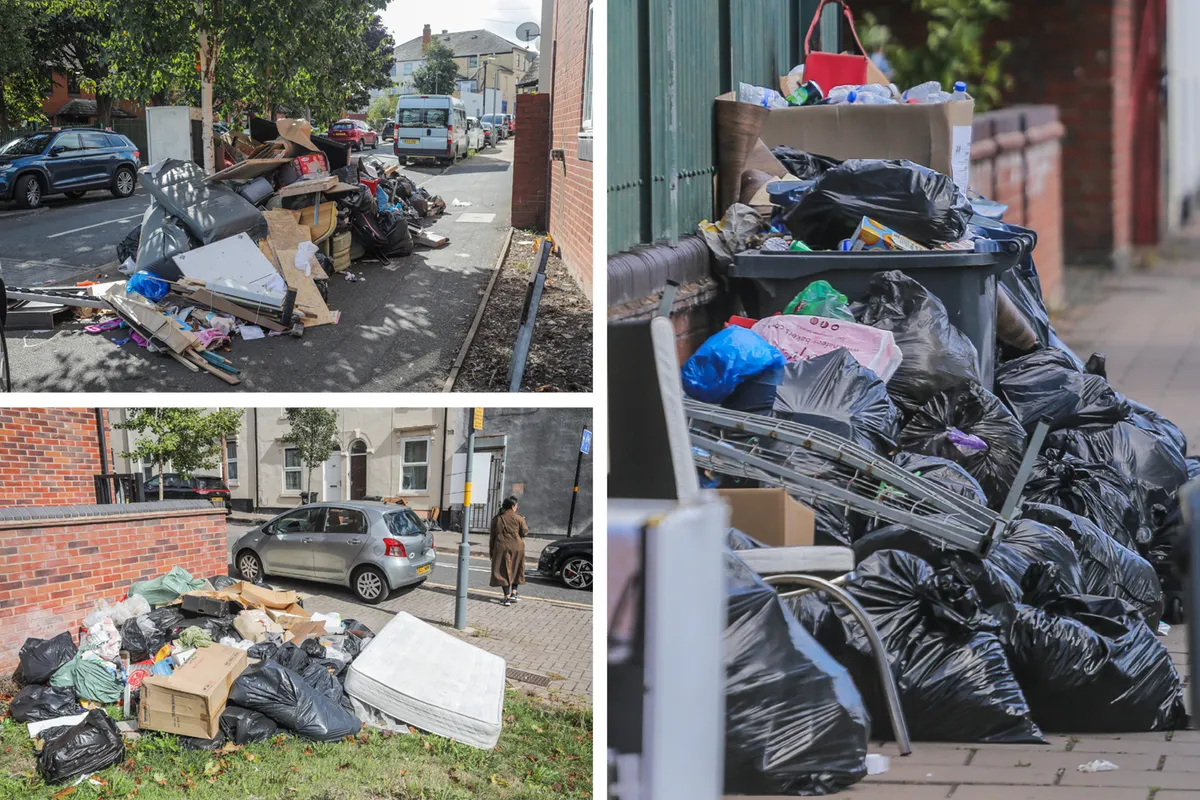By Angelica Leicht
Copyright cbsnews

The Federal Reserve’s recent decision to reduce its benchmark rate by 25 basis points has triggered a meaningful shift in the mortgage landscape, one that helped to mitigate the high costs of buying a home. In response to the Fed rate cut, 30-year fixed mortgage rates fell to an average of 6.13%, marking the lowest point for mortgage rates in the last three years. That’s a welcome change from the rate environment that had dominated much of the past year, when borrowers faced rates that hovered in the 7% range or higher.The decline in mortgage rates has, in turn, sparked a notable increase in both new mortgage applications and refinancing activity, a clear sign that borrowers are recognizing the opportunity at hand. Even modest decreases in mortgage rates can translate into substantial differences in what homebuyers actually pay each month, after all, and with rates now at multi-year lows, today’s landscape could offer big savings to buyers. But how much would the monthly payments be for those considering a $300,000 mortgage loan at today’s rates? And how do those monthly payments compare to the rates that were available over the last year? Knowing this information can help borrowers make informed decisions about one of their biggest financial commitments.Find out how affordable the right mortgage loan could be today.What would the monthly payments be on a $300,000 mortgage now that the Fed has cut rates?With today’s average 30-year fixed rate sitting at 6.13%, a $300,000 mortgage will cost you $1,823.80 per month in principal and interest. Keep in mind, though, that this figure represents just your core borrowing costs and doesn’t factor in any additional expenses. Depending on your location, other costs, like your property taxes, homeowners insurance and private mortgage insurance, are generally bundled into your total monthly payment, so your actual mortgage payments could be higher on this loan.The real cost story emerges, though, when you compare today’s rates with where they stood just months ago. Back in January 2025, when mortgage rates averaged 7.04%, that same $300,000 loan would have carried a monthly payment of $2,003.97. The difference? You’re now looking at a payment that’s roughly $180 less each month, which adds up to more than $2,160 in annual savings. Stretch that over the full 30-year life of the loan, and you’re saving nearly $65,000 in total interest payments simply because rates dropped.But the savings become even more dramatic when you look back over a full year. In October 2024, mortgage rates averaged 7.79%, which would have meant monthly payments of $2,157.54 on a $300,000 loan. Compared to today’s rates, that’s a monthly savings of about $334, or more than $4,000 per year. Over three decades, choosing today’s 6.13% rate over last October’s rate saves you approximately $120,000 in interest costs.This kind of payment reduction can fundamentally change what’s possible for buyers. For example, an extra $180 to $330 in your budget each month could mean the difference between feeling financially stretched and having a comfortable cushion for unexpected expenses. Or, for those on tight budgets, that difference might determine whether homeownership feels sustainable or stressful.Learn how much you could save on your mortgage loan here.How much would it cost to refinance a $300,000 mortgage at today’s rates?The rate decline hasn’t just benefited new homebuyers. Current homeowners with existing mortgages at higher rates also have opportunities to reduce their monthly obligations through refinancing. If you’re weighing whether to refinance a $300,000 mortgage balance, here’s what your payments would look like at today’s rates:A 15-year refinance at 5.98%: At today’s average rates, refinancing a 15-year mortgage loan would come with monthly principal and interest payments of $2,528.33. That monthly payment is higher than a 30-year option, but you’ll eliminate your mortgage debt in half the time while dramatically reducing the total interest you pay over the life of the loan.A 30-year refinance at 6.67%: At today’s average rates, refinancing a 30-year mortgage loan results in monthly payments of $1,929.87 for principal and interest. Taking this approach will result in paying more in terms of total interest, as the loan term is twice as long, but it could be a smart move for those who prioritize keeping their monthly payments more manageable while still capturing some benefit from today’s lower rate environment.The bottom lineThe Fed’s recent decision to cut rates has created a more favorable environment for mortgage borrowers, with 30-year rates now sitting at their lowest point in three years. For anyone taking out a $300,000 mortgage, this translates to meaningful monthly savings compared to rates earlier this year and substantial long-term interest savings when compared to rates from a year ago.Before you act on these improved conditions, though, take time to shop around and compare offers from multiple lenders, as rates can vary widely from one lender to the next. And while rates have come down, don’t bank on them continuing to fall indefinitely. The window of opportunity created by today’s rates is real, and both prospective homebuyers and current homeowners looking to refinance have concrete reasons to explore their options now.



